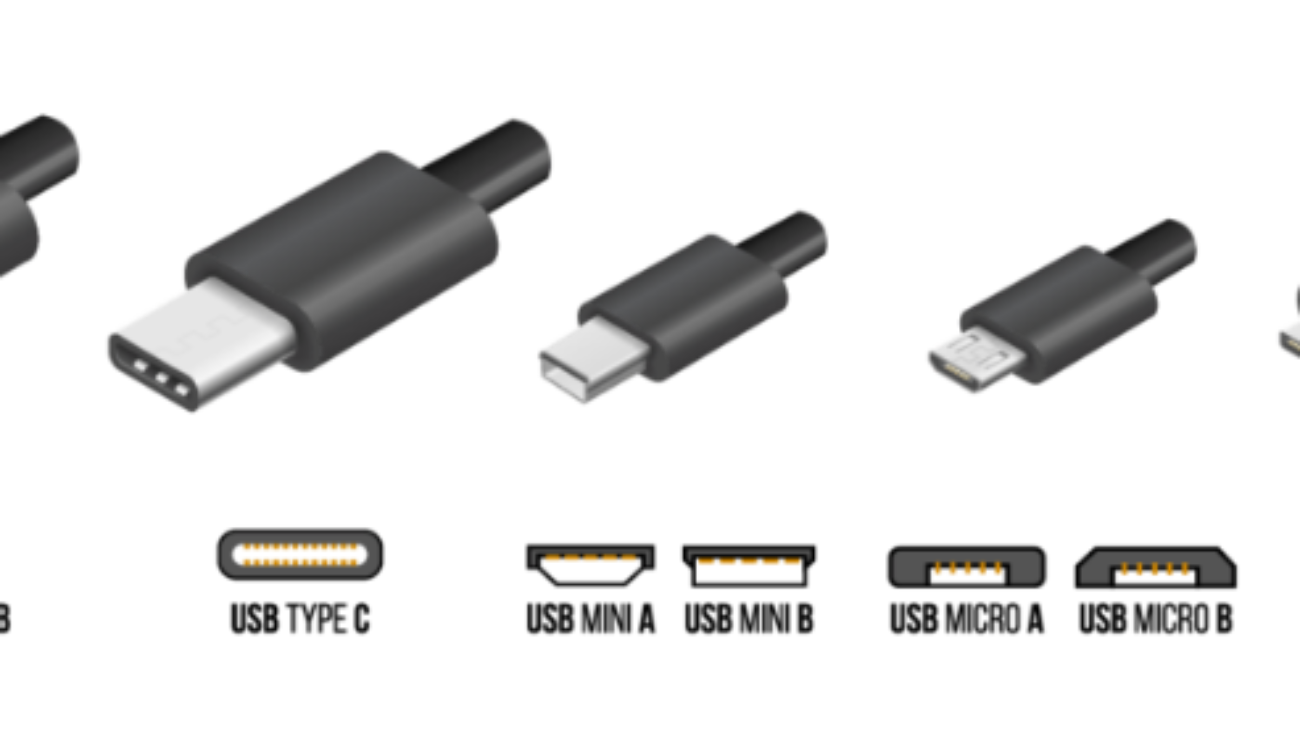Wouldn’t it be interesting if RISC-V meets ThreadX? Integrating RISC-V open-source hardware with the ThreadX real-time operating system (RTOS) offers a powerful solution for embedded system developers. This combination leverages the customizable nature of RISC-V processors with the efficiency and reliability of ThreadX, facilitating the creation of high-performance, tailored applications.
Technolution Advance has successfully ported ThreadX to a RISC-V softcore processor implemented on an FPGA, demonstrating the feasibility and benefits of this integration. This port provides developers with a ready-made RTOS for the RISC-V architecture, easily deployable on FPGA platforms.
Additionally, the Eclipse Foundation has been instrumental in bringing together open-source hardware and software communities. Their efforts have facilitated collaborations that enhance the development ecosystem for technologies like RISC-V and ThreadX, promoting innovation and interoperability.
For developers interested in this integration, resources are available to guide the porting process. For instance, a GitHub repository details the steps to port ThreadX to the RISC-V64 architecture, providing valuable insights and code samples.
By combining RISC-V’s open-source hardware flexibility with ThreadX’s robust RTOS capabilities, developers can create efficient, scalable, and customizable embedded systems tailored to specific application requirements.
For a deeper understanding of porting ThreadX to RISC-V, you might find the following presentation informative:









